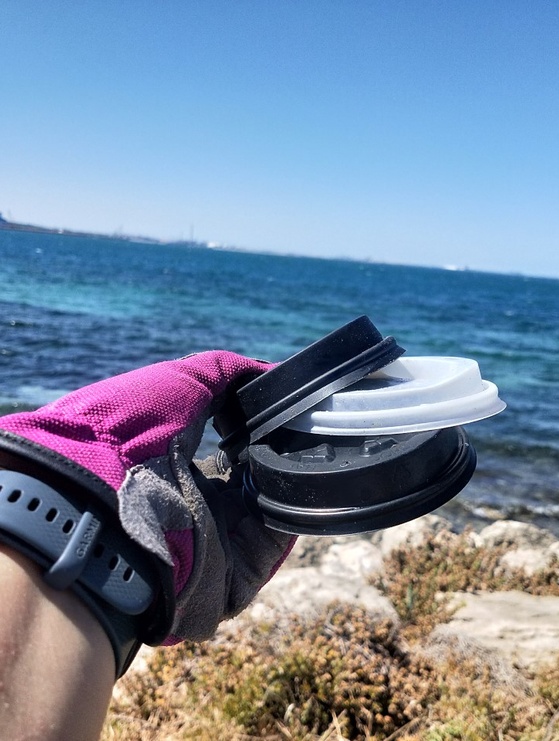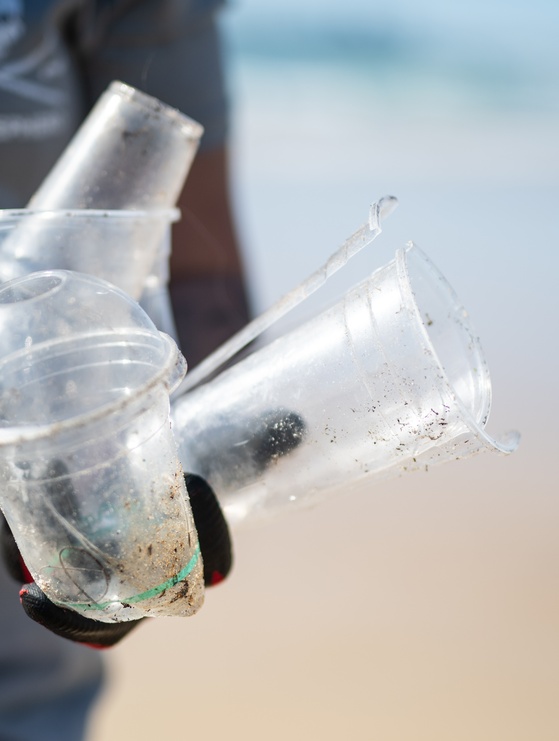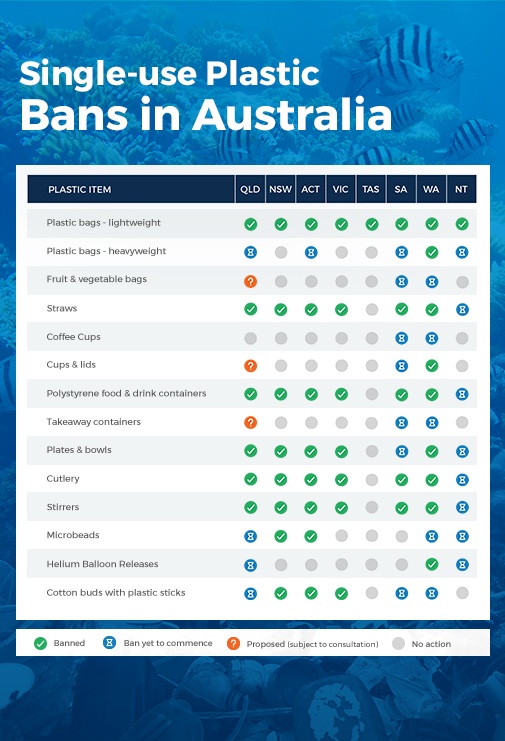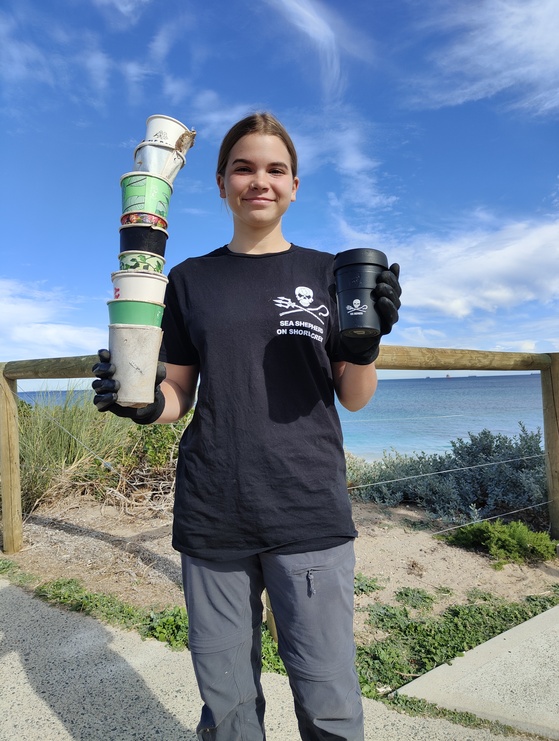BREAKING: Australian Government recommits to Ghost Nets Initiative
Thursday, 18 Dec, 2025
Thursday, 06 Jul, 2023
There is no doubt that one of the biggest threats to the ocean and environment is the scourge of single-use plastics.

Single-use plastic products are made primarily from fossil fuel-based chemicals and are designed to provide convenience to the consumer. In most cases, these items are only used once and sometimes only for a few moments.
Your disposable take-away coffee cup, plastic water bottle or plastic food wrapper are all single-use products, that end up as trash and pollution posing a huge threat to marine life!

Globally, we produce around 400 million tons of plastic products every year and single-use plastic accounts to over a third of all plastic manufactured. If historic growth trends continue, yearly global plastic production is forecasted to reach 1,100 million tons by 2050.
Already, rivers and lakes are flooded with plastic waste. These waterways then carry the waste from inland through a large system of waterways to our ocean. It comes as no surprise that a staggering 14 million tons of plastic waste ends up in the ocean every year.
Australia itself produces in excess of 2.5 million tons of plastic waste each year. Society’s insatiable appetite for single-use plastics must be stopped to protect the health of the ocean, and ultimately us.

Seven states in Australia have implemented single-use plastic bans to reduce the amount of plastic ending up in the environment. Each state and territory have different dates and stages to ban single-use plastic items.
Find out more about current plastic bans in your state by clicking the links below:
Tasmania has not as yet made any commitments to banning single-use plastics.

REFUSE – single use.
There are many examples of pointless single-use plastic items which all of us can refuse to use. A disposable coffee cup for dining-in, veggie or fruit double wrappers, drinking straws in drinks where they are not needed, etc. As a consumer you can refuse and enjoy your coffee in a mug – without the ugly cardboard taste as well. You can also choose to buy loose vegetables or use your reusable produce bags – this gives you the chance to choose the exact amount and quality you really want.
REUSE – bring your own.
By choosing to reuse and bring your own reusables, you help to reduce plastic waste and save marine life! By drinking your morning coffee from your favourite Keep Cup and eating your lunch from your reusable lunch box, you choose not to make any excuses for single use. If you forget to pack your reusable items, a good habit is to keep a kit in your car. Your kit may include a tote bag, reusable cutlery, a KeepCup and a straw. This way you never have to worry about forgetting!
RECYCLE – do your best to recycle every plastic item that you use.
Recycling your own waste at home is very important in helping to protect the ocean. By reducing the waste that ends up in landfill, we can all significantly reduce trash entering the ocean.
Remember that every action you take counts! By choosing to refuse, reuse and recycle, you are saving marine lives. If you want to learn more or want to get involved directly - attend one of our beach clean-up events and let’s #StemTheTide together!